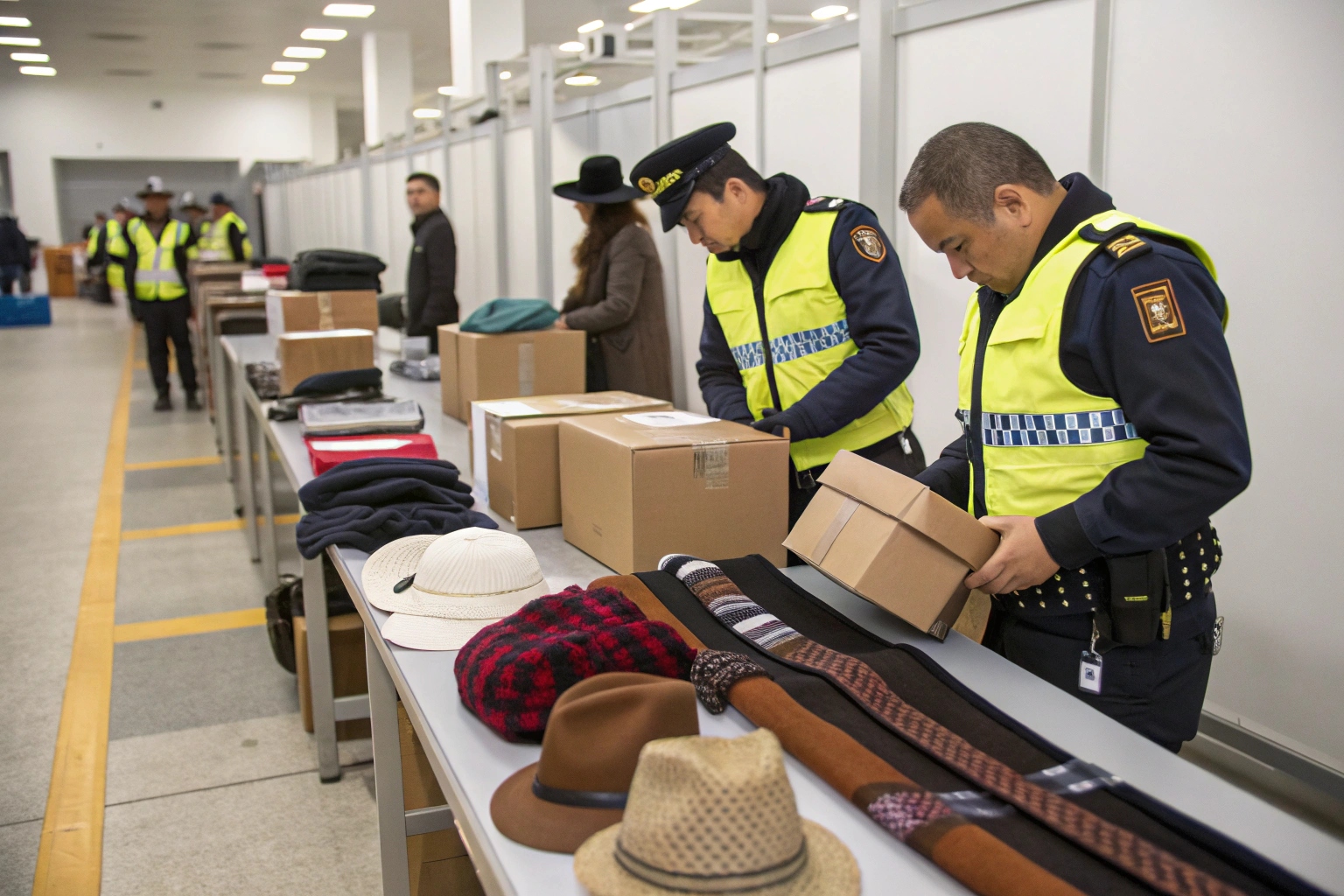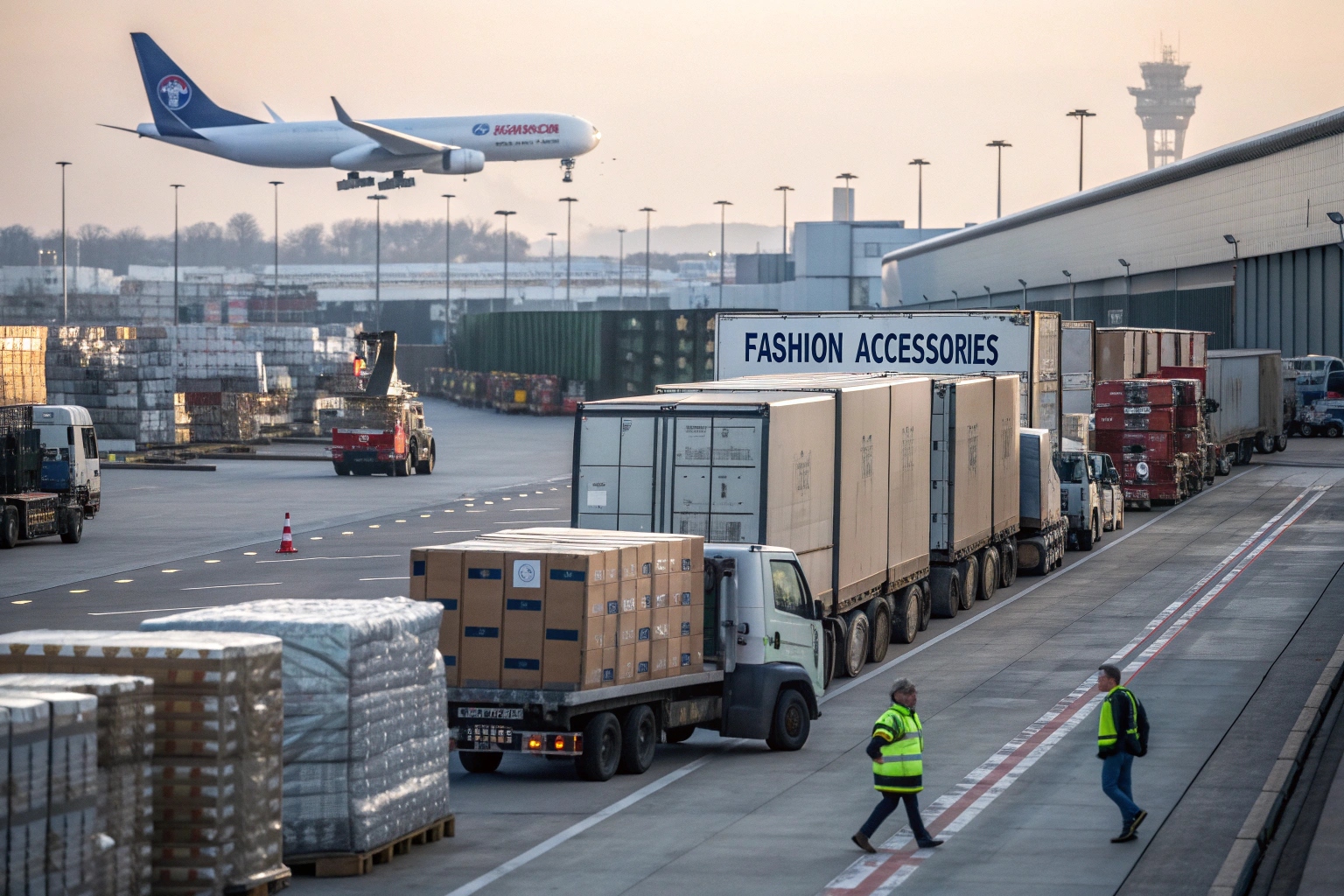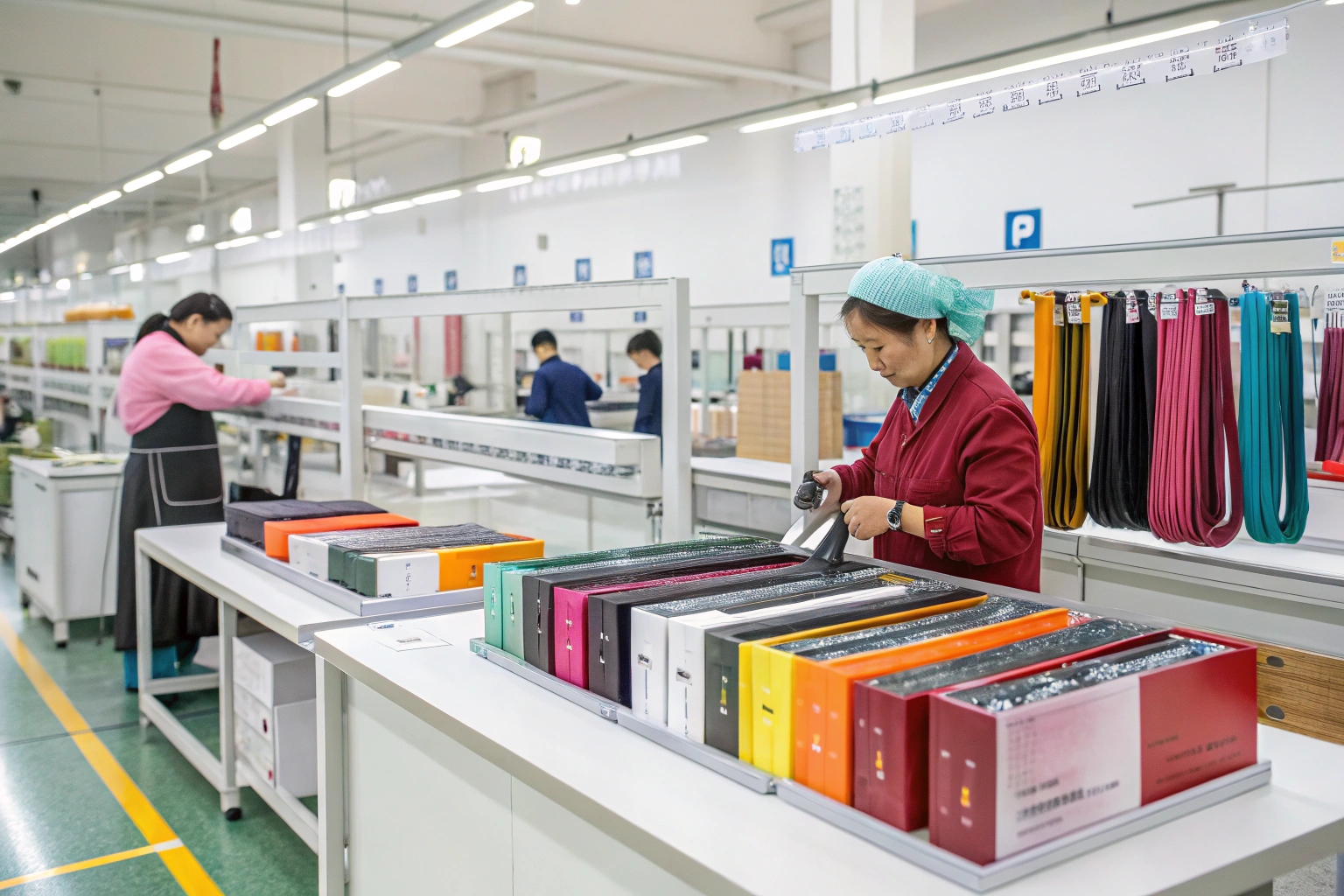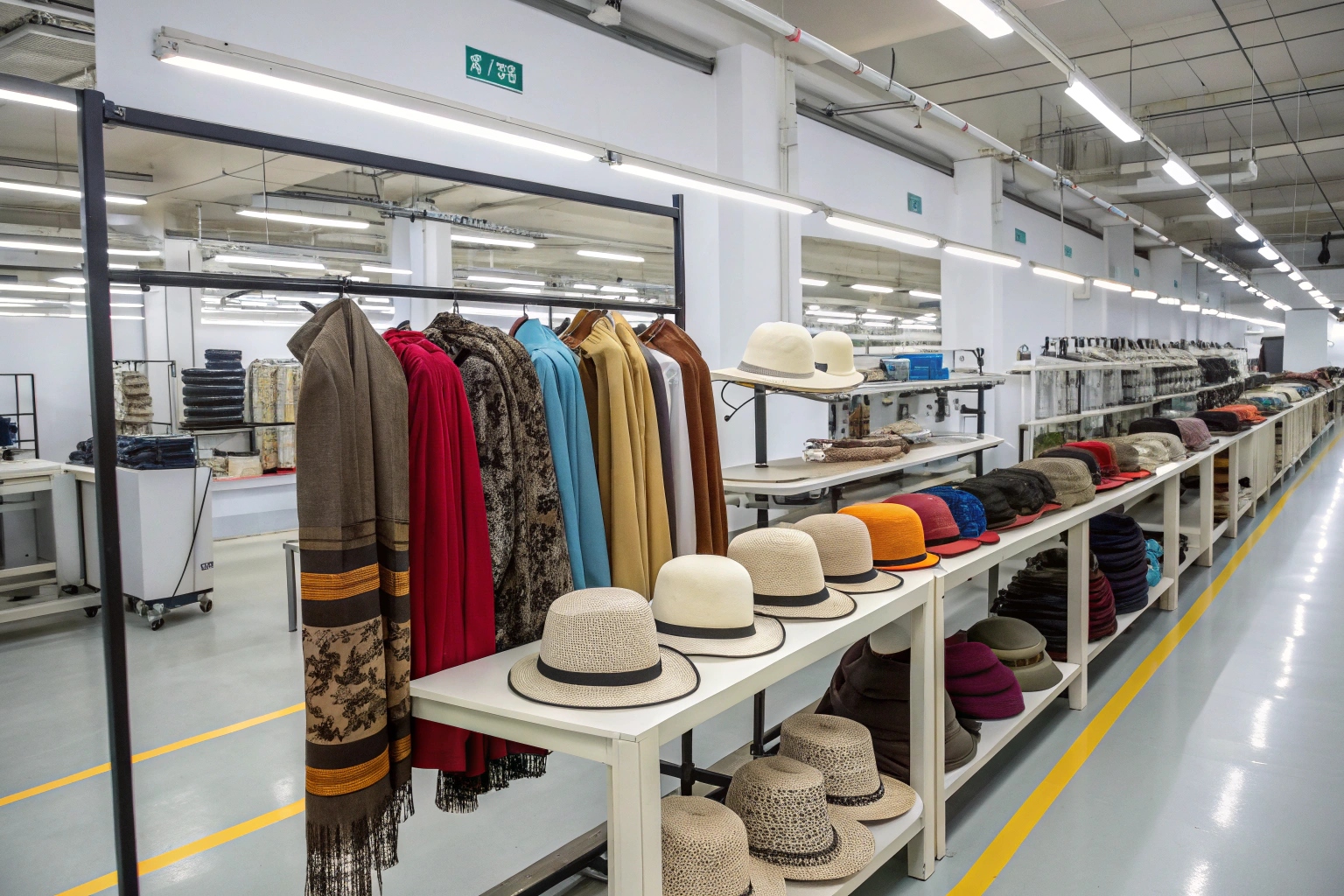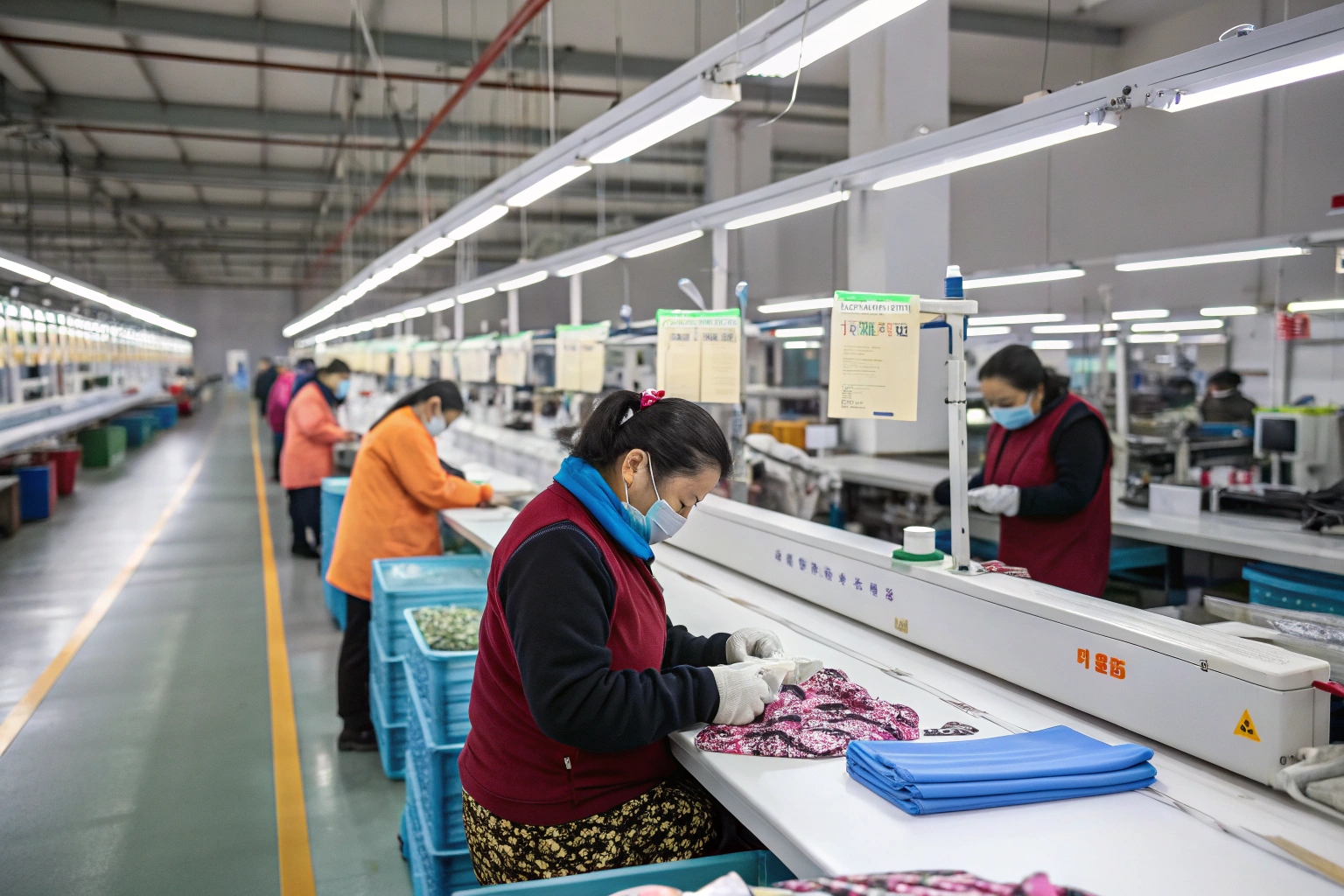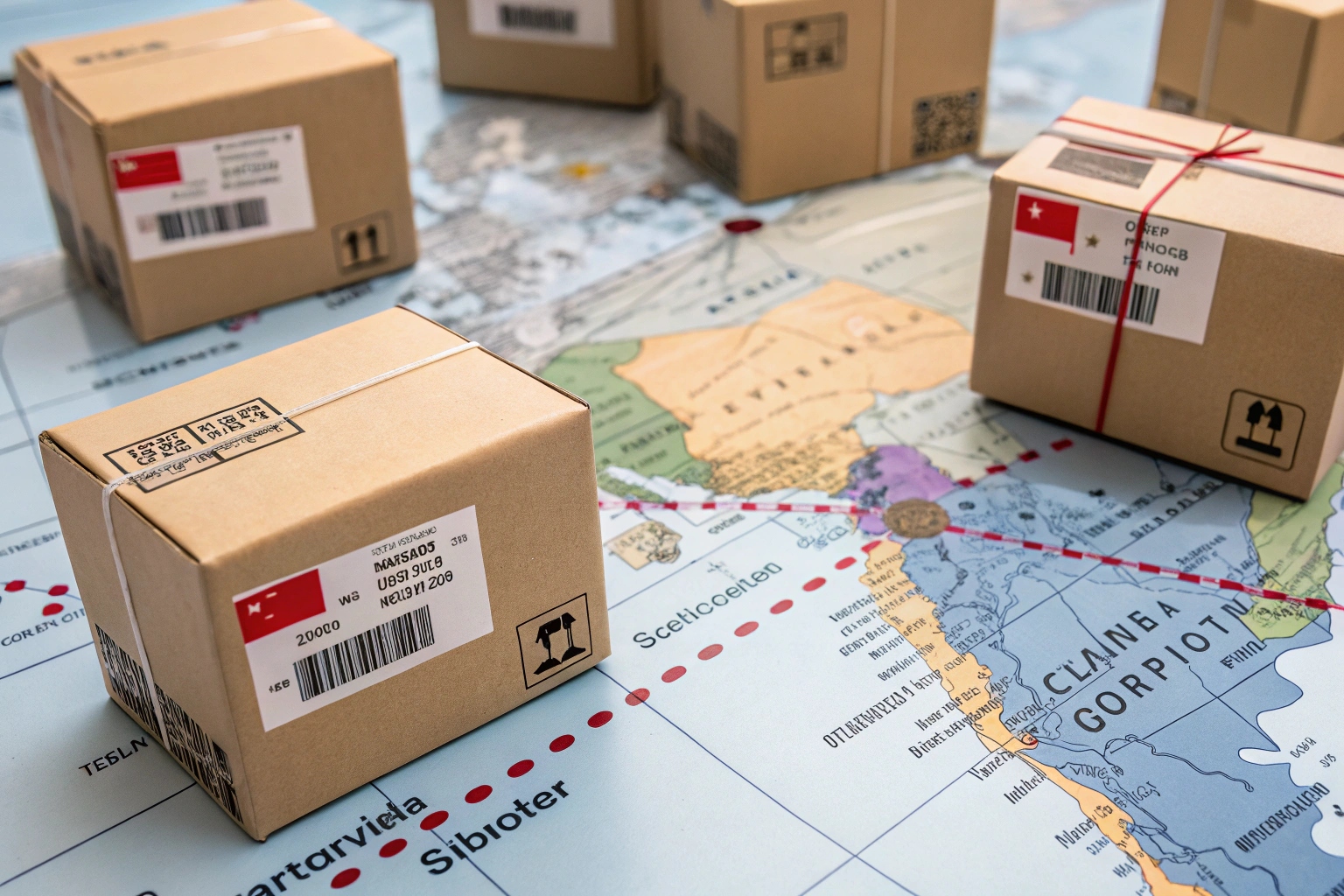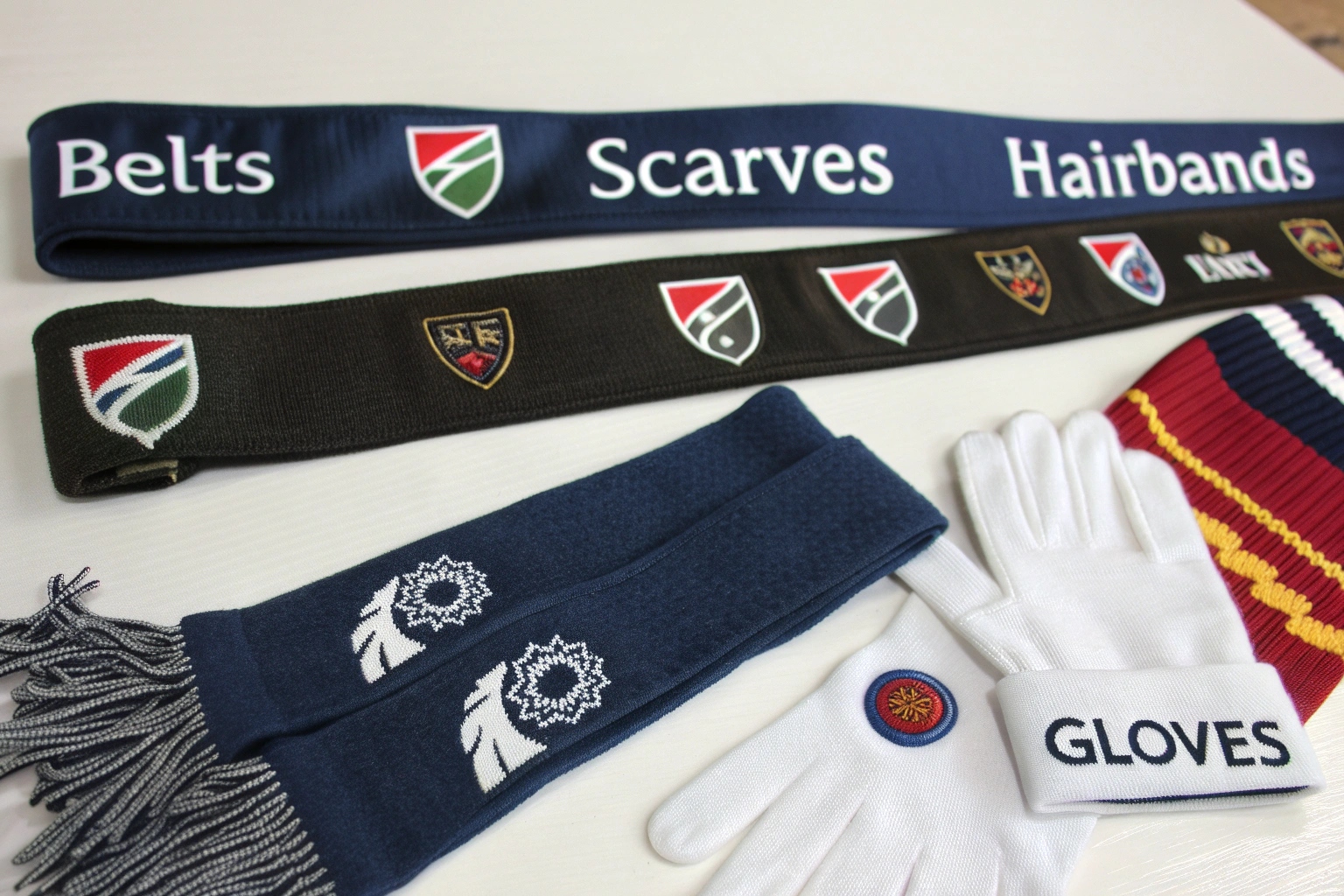Every year, millions of plastic-based hair bands end up in landfills. For brands and buyers who care about environmental impact, switching to eco-friendly materials and sustainable shipping is no longer optional—it’s expected. But how do you actually find a supplier that meets both your eco goals and delivery expectations?
To source eco-friendly hair bands with sustainable shipping, work with manufacturers who offer certified green materials, transparent production processes, recyclable packaging, and access to low-emission or consolidated shipping methods.
Our factory in Zhejiang has worked with global brands to deliver stylish, durable, and biodegradable hair accessories—while optimizing packaging and transport to reduce carbon footprints. In this post, I’ll walk you through exactly how we and other responsible factories make that happen.
What materials make a hair band truly eco-friendly?
Not all “eco” claims are created equal. Many brands get misled by vague terms like “natural” or “green.” If you’re serious about sustainability, materials must be biodegradable, non-toxic, and come with real certifications.
Look for hair bands made of certified organic cotton, bamboo jersey, recycled polyester (rPET), or even plant-based elastics. These materials reduce landfill impact and often feel better on the skin.

What certifications should you look for?
Reputable suppliers will use GOTS (Global Organic Textile Standard) cotton or OEKO-TEX-certified fabrics. rPET should be sourced from verified post-consumer plastic. Request documentation before placing your order.
How do material choices affect price and performance?
Eco materials can cost 10–20% more, but they often improve comfort and brand value. Bamboo, for instance, is naturally antibacterial and more breathable. Well-made bands retain stretch longer, meaning fewer returns for you.
Which factories offer sustainable hair accessory production?
Not every supplier offering “organic” fabric knows how to work with it properly. You need factories with proven experience in eco material handling, low-waste cutting, and sustainable dyeing methods.
We’ve integrated sustainable workflows into every stage—from cutting biodegradable fabrics efficiently to minimizing energy usage and using water-based inks. The right factory should offer transparency at every step.
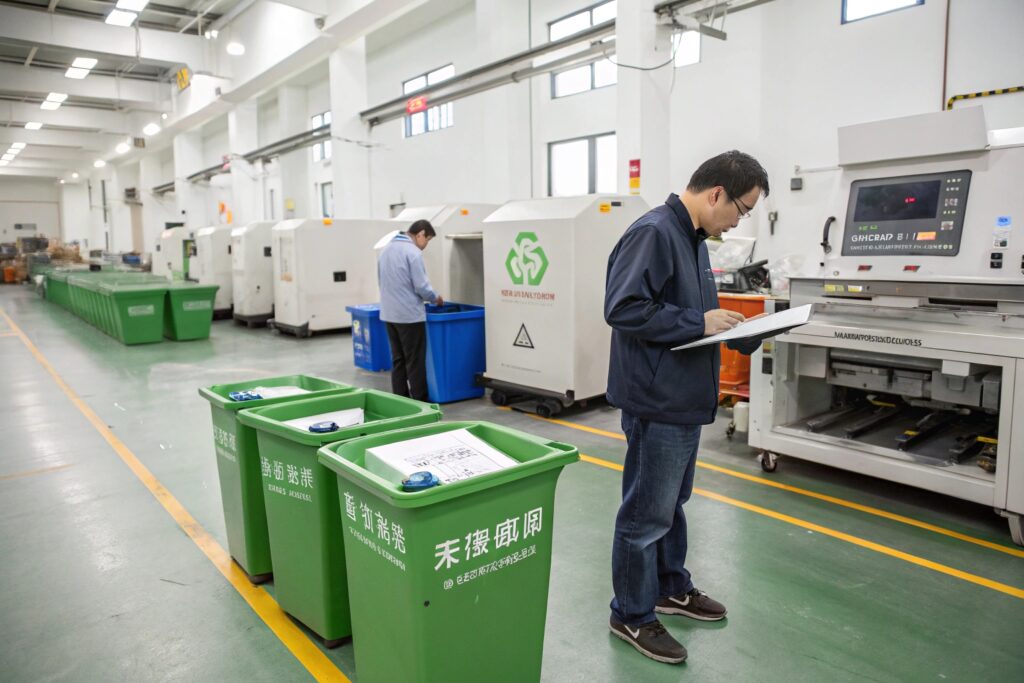
What production processes reduce environmental impact?
Laser cutting reduces waste. Batch dyeing with vegetable-based pigments saves water. Even factory lighting and machine timing can lower energy use. Ask your supplier about their internal sustainability practices.
Can small MOQs still align with sustainability?
Yes. Our MOQ for eco-friendly hair bands starts at just 500 pcs/style, thanks to optimized small-batch scheduling. You don’t have to overproduce to go green, especially with a responsive development partner.
How do you reduce packaging waste and emissions?
Packaging often offsets all your material savings if done poorly. That’s why sustainable sourcing includes packaging and logistics. Factories should offer recyclable options and plan efficient shipping routes.
We use paper-based packaging with soy ink printing, no plastic clips or hangtags unless required, and recommend bulk shipping over individual polybags. Carbon-neutral or consolidated shipping is often available.
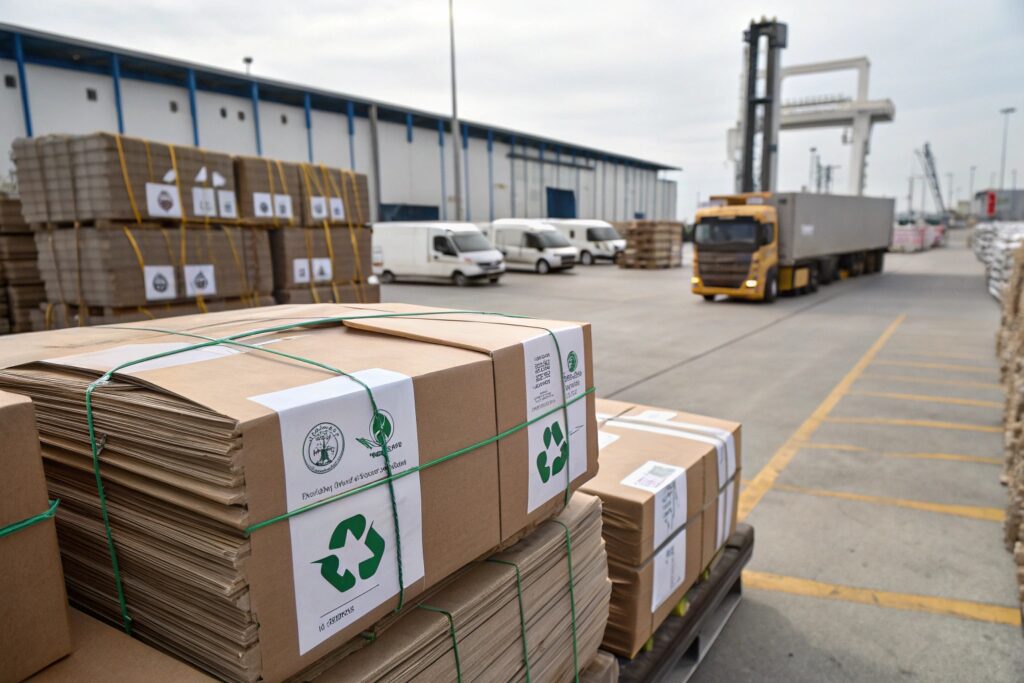
What packaging materials are truly eco-safe?
Look for FSC-certified paper tags, compostable cellulose bags, and soy-based inks. Avoid laminated paper or metallic finishes. If your product requires retail presentation, opt for reusable pouches instead of throwaways.
How does shipment method affect sustainability?
Air freight leaves a larger carbon footprint. We suggest sea freight via full container loads or DDP groupage. For urgent shipments, we work with couriers offering offset programs or paper-free customs solutions.
What questions should you ask your supplier?
Choosing the right supplier isn’t about finding the cheapest option—it’s about asking the right questions. If your factory can’t show eco credentials and a plan for sustainable shipping, it’s time to look elsewhere.
Ask about material sourcing, sampling timelines for eco versions, packaging alternatives, emission tracking, and whether they’ve supplied major brands with green products. That’s how we’ve built trust with importers.

What information should you request before production?
Besides samples, request MSDS reports, supplier certifications, packaging mockups, and carton optimization plans. This lets you check compliance and align logistics early on.
What red flags indicate a greenwashing supplier?
If a factory won’t provide documentation, avoids video calls about materials, or insists on plastic packaging “for safety,” they’re likely not serious about sustainability. Transparency is your best tool.
Conclusion
Sourcing eco-friendly hair bands with sustainable shipping isn’t just possible—it’s increasingly efficient and profitable. With the right supplier, you get quality, compliance, and marketing appeal all in one package. At AceAccessory, we’ve built systems to support real sustainability from design to delivery. Whether you need bamboo-based bands, plastic-free packaging, or consolidated DDP shipping, we’re ready to help you meet your green goals without sacrificing your deadlines or margins.


